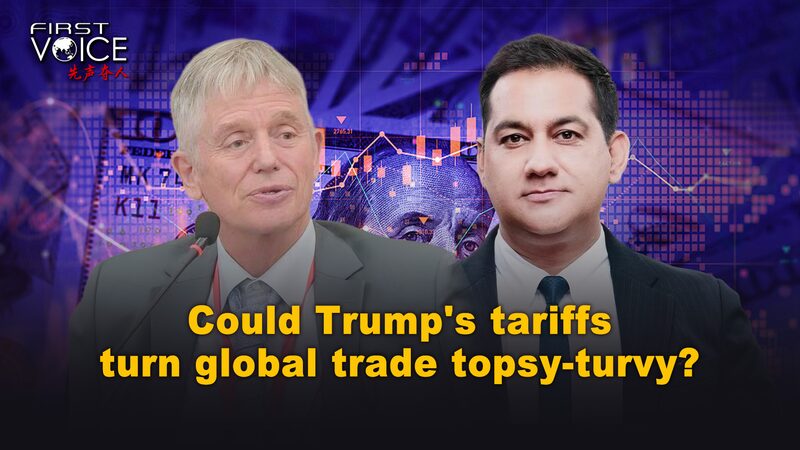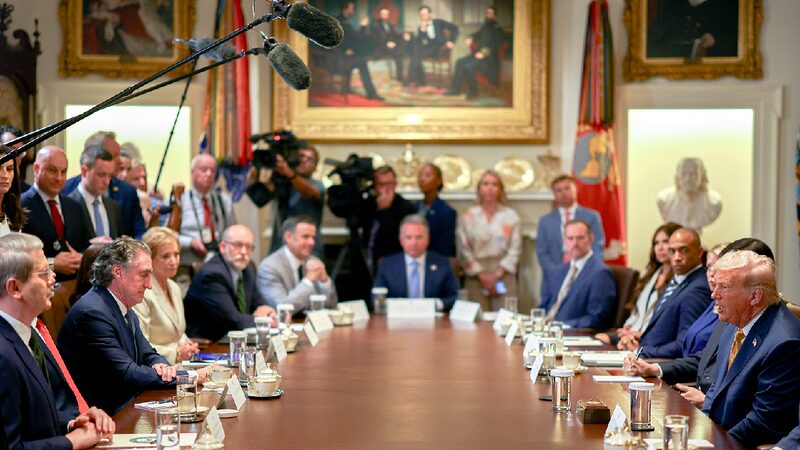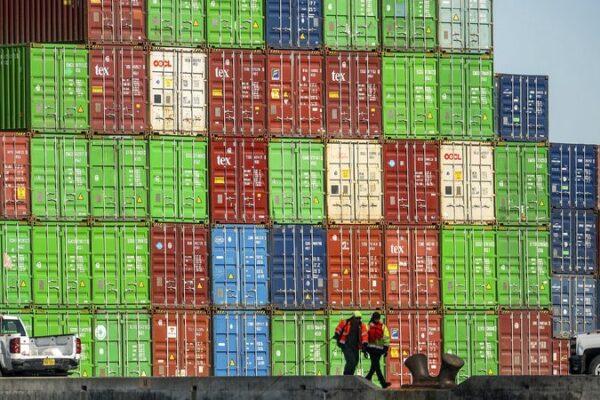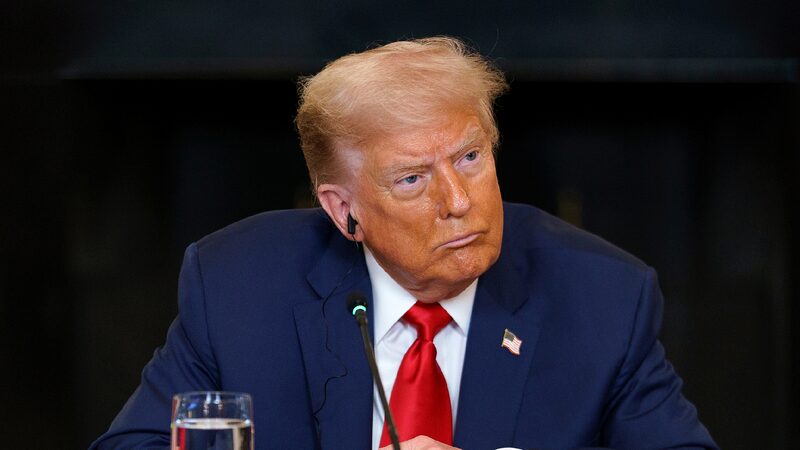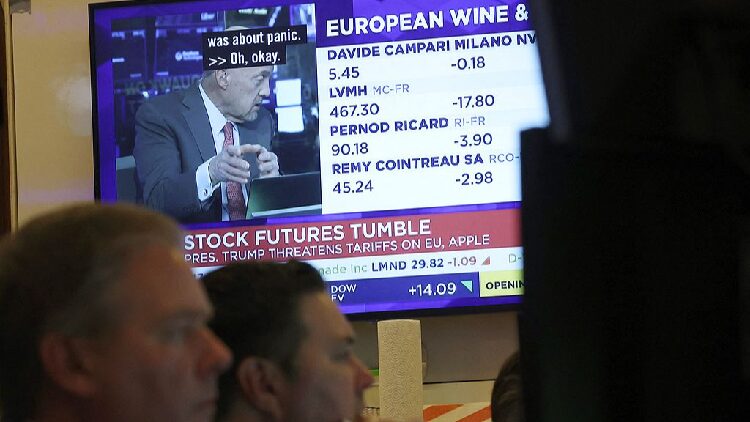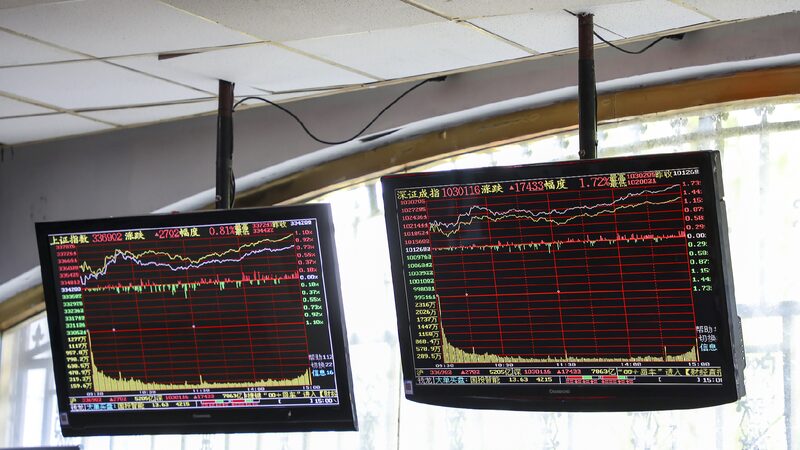On April 9, 2025, U.S. President Donald Trump announced a seismic shift in U.S. trade policy that has left the world buzzing. The United States has implemented a 90-day pause on higher tariffs for nations, setting a flat 10 percent rate until July. However, imports from the Chinese mainland are now subject to a steep 145 percent tariff, intensifying concerns over the global trade landscape.
This bold move has sparked debates about its potential impact on the global economy. Will it lead to the desired economic outcomes for the U.S., or could it trigger unintended consequences worldwide?
To shed light on these developments, we spoke with Professor Michael Dunford of the University of Sussex. He shared his insights on how this policy might reshape international trade dynamics.
“The United States is accustomed to acting as a global leader,” Professor Dunford noted. “When it perceives its strategic interests are at stake, it often acts unilaterally, which can sometimes harm the interests of other nations, including its allies.”
Professor Dunford likened the current situation to President Richard Nixon’s actions in 1971, when the U.S. took measures that led to the revaluation of currencies of its European allies. “In effect, the U.S. government is dismantling the current international economic system,” he said.
At the heart of this policy shift are the United States’ substantial trade deficits and mounting national debt. “The trade deficits have become unmanageably large,” Professor Dunford explained. “This move is a response to the lack of competitiveness in the U.S. economy, a result of insufficient domestic investment and the offshoring of manufacturing to enhance corporate profitability and provide consumers with low-cost goods.”
With interest rates rising and debts accumulating, the U.S. is under pressure to address its financial challenges. “One aim is to reduce short-term debt,” he said. “But the inevitable consequence may be a division of the world, as nations reassess their trade partnerships.”
Professor Dunford suggested that other countries might diversify their trade relationships in response. “Nations like South Korea, Japan, and the Chinese mainland are looking to increase trade among themselves,” he observed. “This could lead to greater integration within regions like ASEAN and through agreements like RCEP.”
He also pointed to discussions within groups like BRICS about developing new trade settlement mechanisms. “While this period is extraordinarily disruptive, it could ultimately lead to a more balanced international system that promotes equal development,” Professor Dunford concluded.
As the world navigates this shifting landscape, the question remains: How will global trade adapt to these new challenges? The coming months will be crucial in determining whether these actions will reshape the global economy for better or for worse.
Reference(s):
cgtn.com
